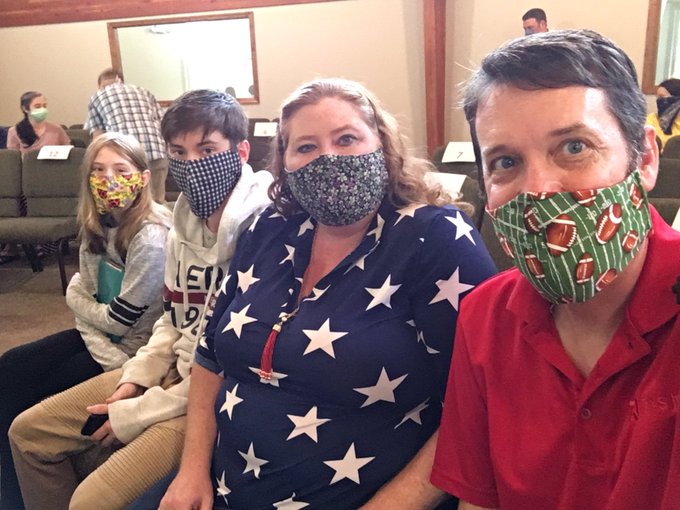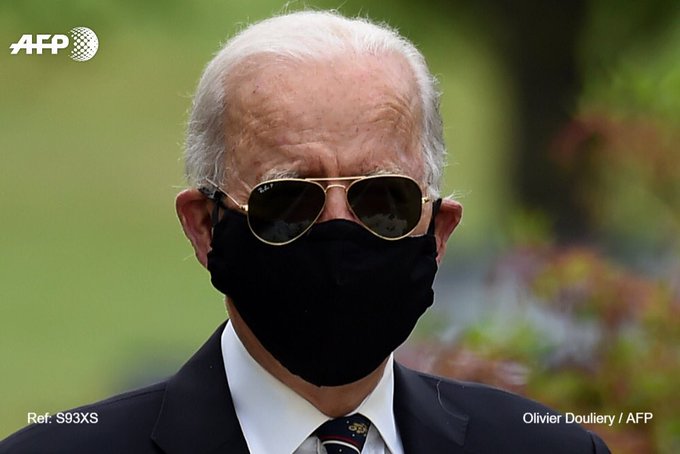Today Donald Trump signed an Executive Order punishing social media companies for the way they moderate online content. The order was specifically aimed at Twitter, which has embarrassed the president this week by add fact-checks to several Trump tweets.
The meat of the Executive Order attacks Section 230 of the Communications Decency Act of 1996, saying, “When an interactive computer service provider removes or restricts access to content and its actions do not meet the criteria of subparagraph (c)(2)(A), it is engaged in editorial conduct. It is the policy of the United States that such a provider should properly lose the limited liability shield of subparagraph (c)(2)(A) and be exposed to liability like any traditional editor and publisher that is not an online provider.”
Here is what subparagraph (c)(2)(A) says:
No provider or user of an interactive computer service shall be held liable on account of—(A) any action voluntarily taken in good faith to restrict access to or availability of material that the provider or user considers to be obscene, lewd, lascivious, filthy, excessively violent, harassing, or otherwise objectionable, whether or not such material is constitutionally protectedCommunications Decency Act, subparagraph (c)(2)(A)
The law gives social media companies, “interactive computer services,” wide latitude to moderate a wide variety of objectionable content. The law specifically says that even constitutionally protected material can be restricted if the action is taken in good faith.
Another relevant portion of the law is subparagraph (c)(1) which is literally one sentence before the paragraph cited by the president’s Executive Order. That line says:
No provider or user of an interactive computer service shall be treated as the publisher or speaker of any information provided by another information content provider.
In other words, the law specifically says that social media companies cannot be treated as publishers of information that they do not produce. Despite the plain language of the law, the president’s Executive Order calls on social media companies to be treated like “any traditional editor and publisher that is not an online provider.” Since laws passed by Congress have more weight than an Executive Order, President Trump’s decree is illegal on its face.
Beyond the illegality of the order, its premise is also wrong. In contrast to many Republicans who claim that Section 230 gives special protections to social media companies, the law actually offers protection based on activity rather than status. When Twitter moderates or removes tweets published by its users, it is protected from liability under the law but, when it produces its own content, it is legally a publisher.
“In plain English, this means that my comments on Twitter or Google or Yelp or the comments section of my favorite website are my comments, and my comments only,” David French explained in Time back in January, adding that Section 230 “allows websites to take down racial slurs – all without suddenly also becoming liable for all the rest of their users’ speech.”
This is exactly what Congress intended when it passed the law. In response to several court cases in the 1990s, Congress designed Section 230 to encourage internet providers to moderate and remove offensive content from their platforms rather than allowing the internet to continue to be a cesspool of insults, pornography, and fake news. Well, even more of one anyway.
As Jeff Kosseff, author of The 26 Words That Created The Internet, explained, “For Congress, the motivator for Section 230 was that it did not want platforms to be these neutral conduits, whatever that means. It wanted the platforms to moderate content.”
The rub is that if the government leaves it up to the internet providers to moderate content then there will be as many different versions of what is offensive as there are internet providers. However, the alternative is that the government become the arbiter of what is fair and what is offensive for all companies.
That is where President Trump wants to go. Trump’s Executive Order calls on the Secretary of Commerce, the Attorney General, the National Telecommunications and Information Administration (NTIA), and the FCC to issue regulations determining when internet providers are not acting in good faith, act inconsistently with terms of service, and without a meaningful explanation or allowing users to be heard.
While censorship on social media platforms is not currently a First Amendment issue since the Bill of Rights restricts the government and not private companies, Trump’s plan could make it more difficult to moderate offensive content on the internet by inserting the government into the equation. Twitter has the right to remove content as a private company but if the government directs Twitter to remove or moderate content then it could constitute a First Amendment violation.
Allowing the government to make subjective decisions about the management of content on the internet is never a good idea, but the summer of 2020 is a particularly bad time for Republicans to make such a move. Aside from the strategic fact that Trump’s proposal is an expansion of government into policing free speech on the internet, there are tactical considerations as well.
As we head into the 2020 elections, it looks increasingly likely that Republicans will lose both the presidency and the Senate. If Trump and company act now to set up an infrastructure for micromanaging speech on the internet, it is very possible that a Joe Biden Administration will put that policy fully into place. That fact alone should have been enough to slam the brakes on the Executive Order.
Regardless of the outcome of this year’s election, whatever bureaucratic restrictions the Trump Administration puts on free speech will one day be administered by Democrats. When that happens, it is very likely that the Democrats will use those rules against conservatives. When Republicans give the government a new weapon to brandish, they should remember that sooner or later it will be turned against them.
Originally published on The Resurgent



